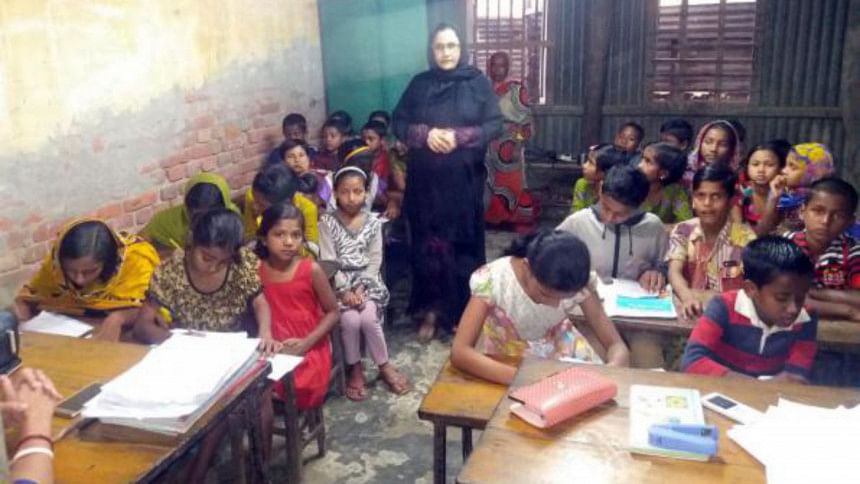Innovation in education and the changing nature of our world

The importance of creativity and innovation for the sustainable development of a society is widely recognised today. Education is a key factor in reaching one's creative and innovative potential. It is evident that constant changes in the education system are positive only if they lead to the development of a student and improvements in the educational environment. We often come across critical comments about variations in the methods of teaching. New approaches to teaching are supposed to change the specifics of students' involvement in the learning process from passive to active. For example, in traditional teaching methods, lectures would be formal with teachers explaining a topic and students writing down the most important aspects of it. Following new approaches to teaching, however, lectures have become more interactive, so that students and teachers are more actively involved in the learning process.
Today we live in the digital age and this markedly affects our lifestyle. It has a great impact on the teaching process as well. Students now prefer interactive methods to the traditional style of learning. However, students need teachers to teach them how to interpret what they have already learned and explain how to gain new insight into the topic. But in traditional teaching styles, teachers used to spend most of their time and efforts delivering information instead of honing the creative and analytical skills of the students. But teachers' guidance is not the only way to find the most relevant information on a subject nowadays, thanks to innovations opening up new avenues for gathering information and also making learning easier.
For example, audio-visual education or multimedia-based education (MBE) is one such system that influences better memorising, encourages students to pay more attention in the classroom, and enhances their learning abilities. This approach of learning successfully enhances students' motivation due to the strong connection between audio-visual materials and memorising. Furthermore, watching videos helps students to create associations that help them remember learning materials.
In addition, with the easy availability of the internet, most institutions have started to revisit their teaching methods. Social media allow the students, parents, and teachers to keep in touch and inform each other about assignments or events. Using such technologies, students can expedite their learning process, go for self-learning even and save their time.
Moreover, the computer-assisted instruction technology allows teachers to help individual students who have difficulties during their study. This can be a great extension for the traditional schooling system. Using computer-assisted instruction technology helps improve students' skills and introduces a convenient tool for individual study.
All these innovations help us realise that revisiting and revolutionising teaching methods and the learning process is very important. The system must continuously evolve to meet the challenges of our fast-changing world. This evolution must be systemic, consistent, and scalable; therefore, teachers, researchers, and policy makers are expected to have an open mind about the theory and practice of teaching and learning, to ensure quality development of our students.
It has to be understood that innovation can be directed toward progress in all aspects of the education system: theory and practice, curriculum, teaching and learning, policy, technology, administration of institutions, and teachers' education. In a similar way, educational innovation concerns all the stakeholders: learners, teachers, parents, administrators, etc. Also, to raise the quality of teaching, we need to focus on professional development for the teachers.
The education system relies on the dedication and responsibility of all members of the society for its effective functioning, thus parental involvement as well as strong community support and backing are crucial for its success. A national education system is usually the product of a distinctive set of historical, political, social, cultural, and economic effects. As it is meant to be a complete system, its different areas are usually interrelated and interdependent. An awareness of the important role that innovation can play in all this will make the system more efficient.
In the 21st century, the world needs students who can think creatively and critically. However, our mission should primarily be to ensure that the next generation will be full of inventors, musicians, painters, mathematicians who will, in turn, bring humanity to another level of excellence.
Dr Iftikhar Ahmed is a WHO Fellow and Head of the Department of Microbiology at Enam Medical College, Savar, Dhaka.

 For all latest news, follow The Daily Star's Google News channel.
For all latest news, follow The Daily Star's Google News channel. 



Comments